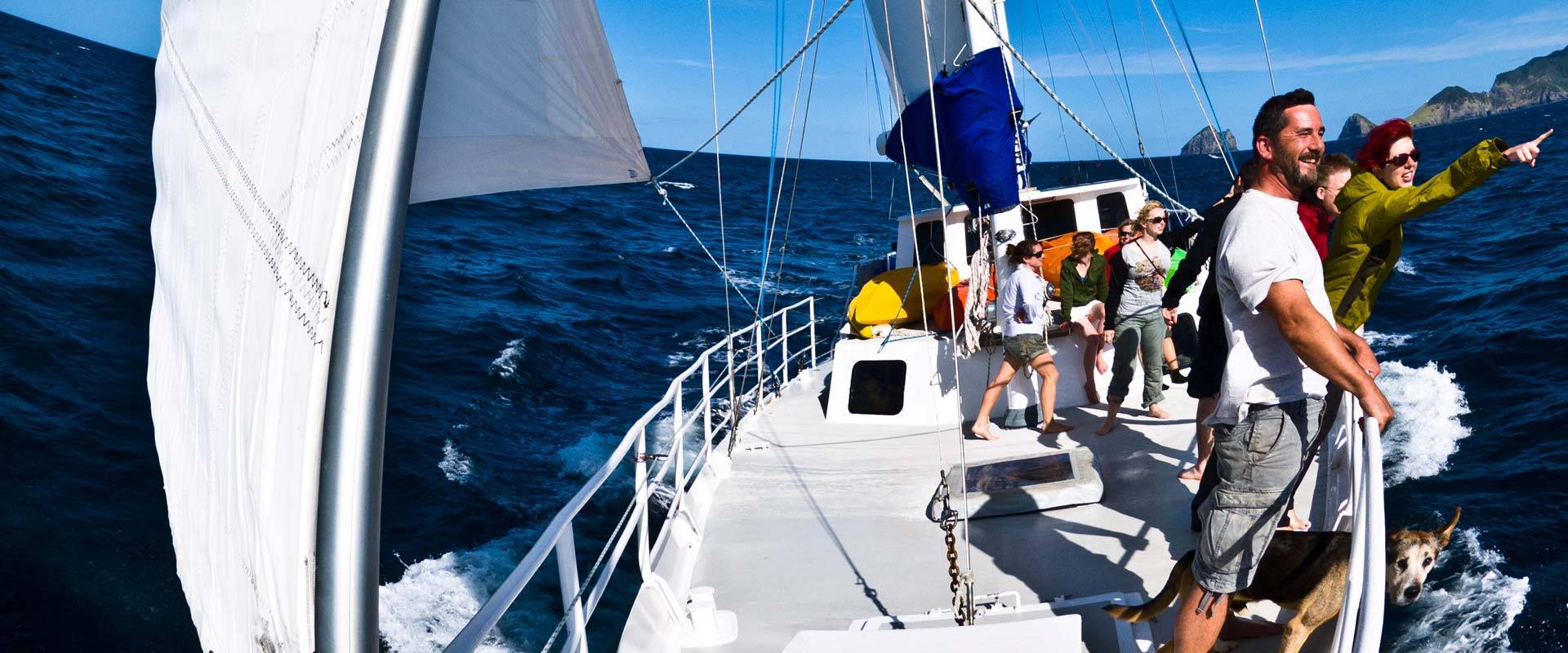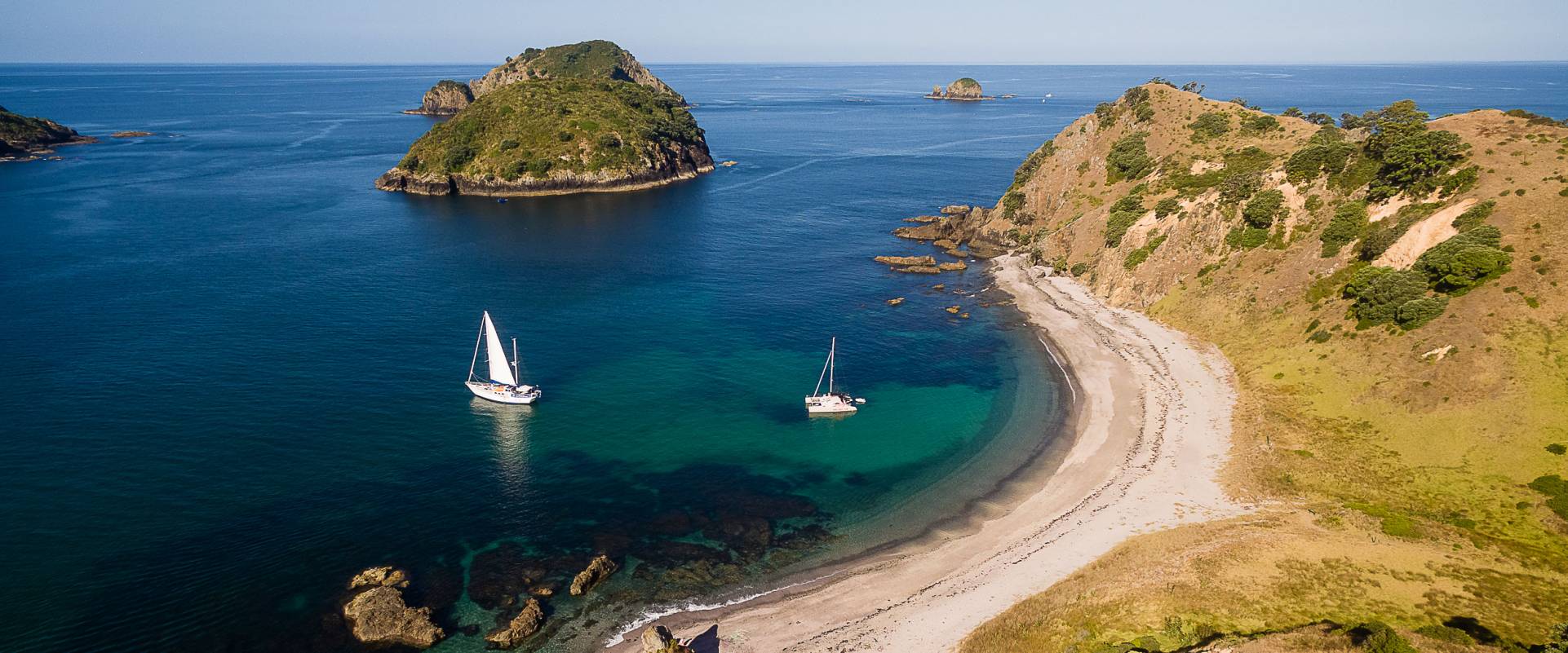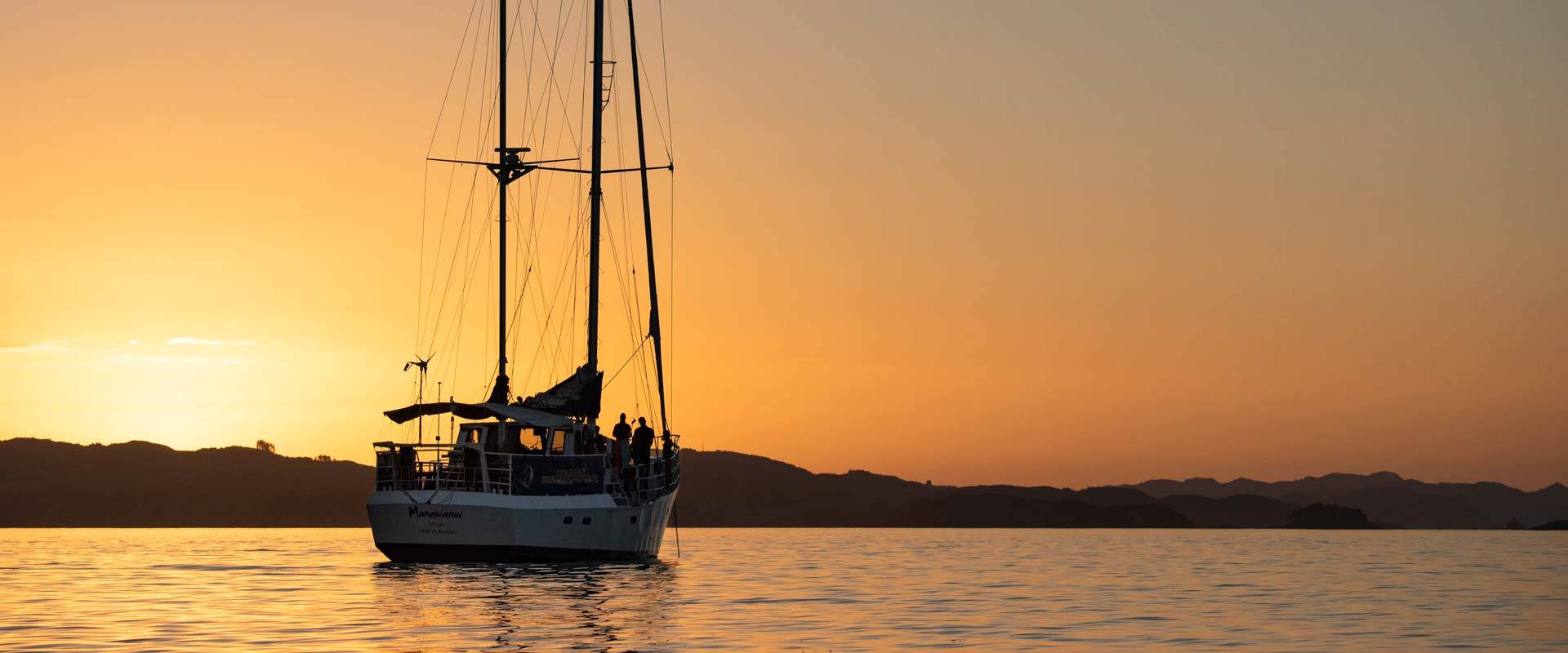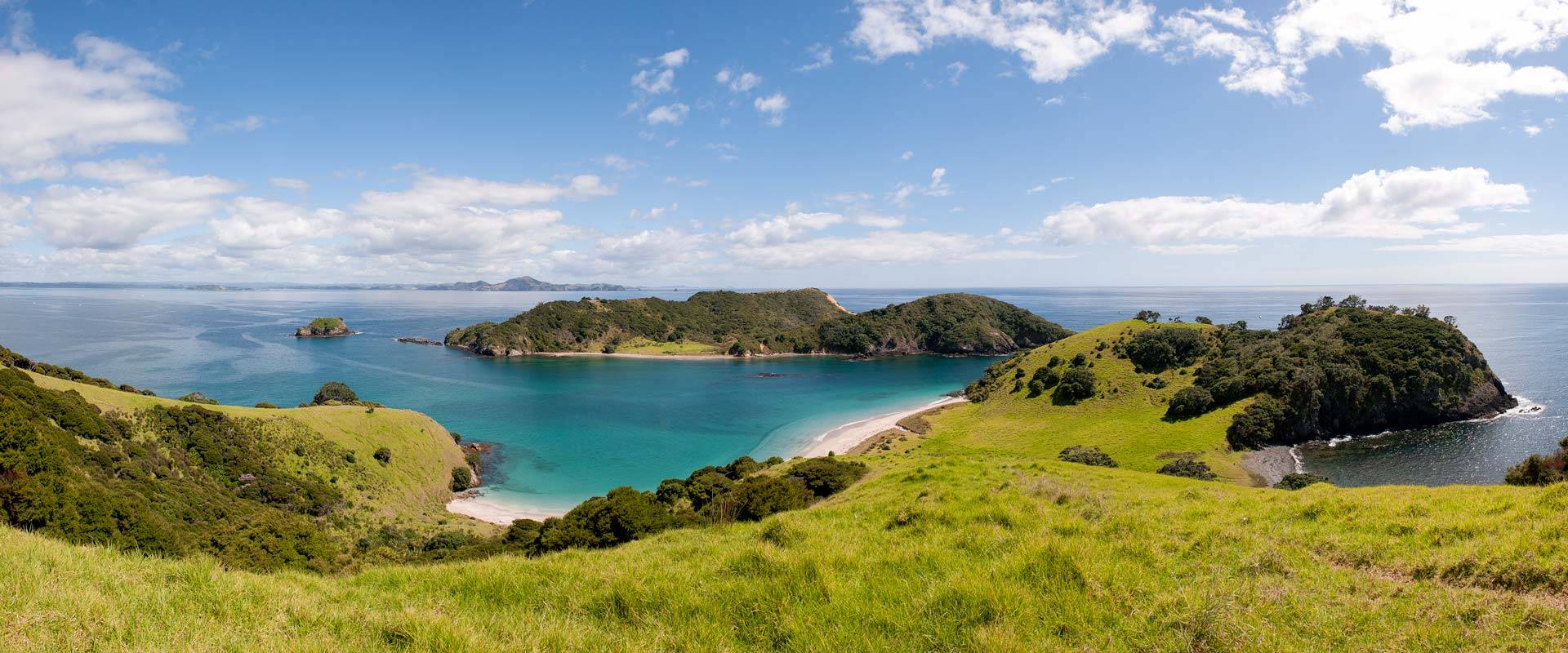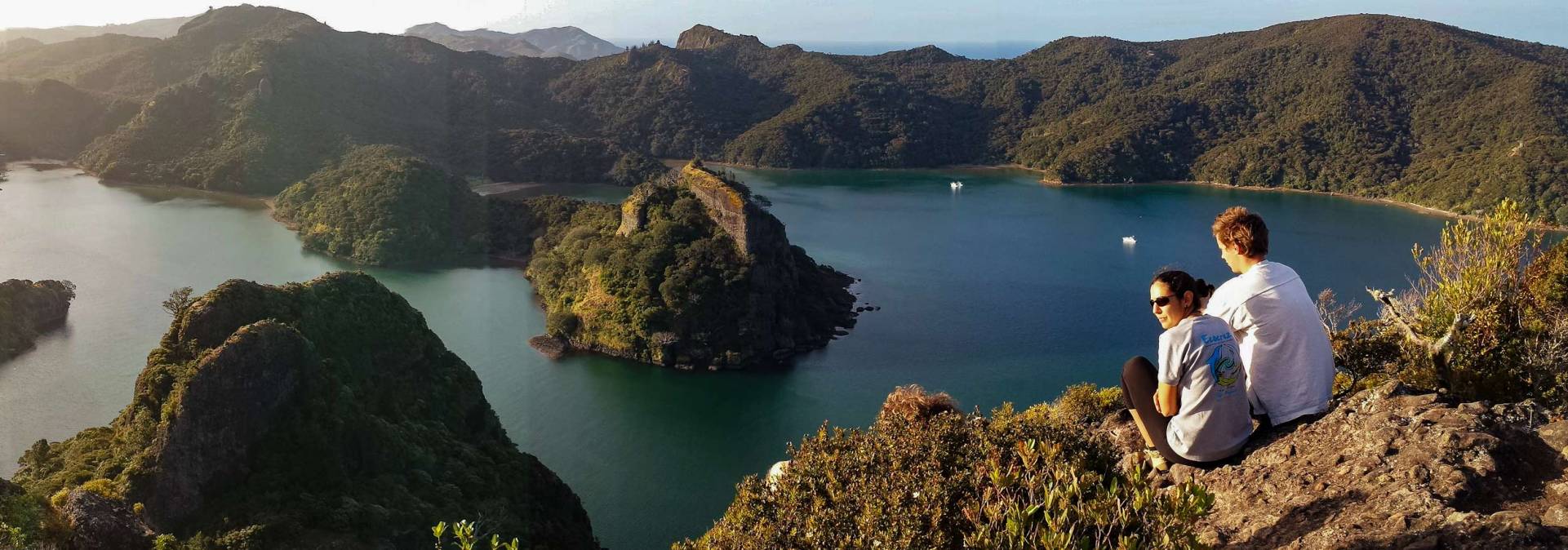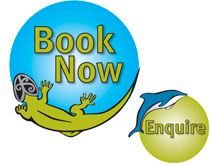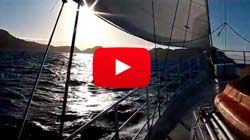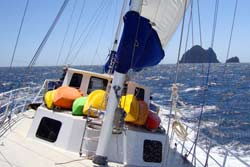 Our environmental plan is very much a work in progress, constantly being refined and improved. Ecocruz fully complies with all environmental legislation currently in place in New Zealand.
Our environmental plan is very much a work in progress, constantly being refined and improved. Ecocruz fully complies with all environmental legislation currently in place in New Zealand.
This plan addresses factors which are currently not sufficiently legislated in New Zealand (in our very biased opinion). We are always interested in learning about new technologies and systems that reduce environmental impact. If you have any suggestions we would love to hear about them.
Problem: Excessive freshwater consumption.
Solution: a) Use deck sheet to collect rainwater b) Saltwater tap to be fitted at galley sink for rinsing dishes c) Hose fitting to be fitted on deck for passengers rinse after swimming as opposed to having a shower.
Implement by: 2013
Problem: Noise levels emitted by engine and pumps could be reduced to lower impact above and below water.
Solutions: Above water a) Soundproof engine room (Aug 2006) b) Rubber mount pumps (Aug 2006) Below water c) Look into sound proofing bilges (2013) d) Rubber mount main engines (2014)
Evaluation: 2006 improvements make problem better, but don’t solve it. Soundproofing bilge is messy and risks rust (need further evaluation). Rubber mounting engine costly but worthwhile.
Problem: Environmental impact
Solution: Use only bio-degradable products
Implemented: 2001
Evaluation: Eco Store products appear to have the least impact and work well.
Problem: Reduce water and recycle
Solution: Focus on buying food in bulk and avoid unnecessarily packaged items. Recycling is now easy with the arrival of a recycling station in Opua.
Implemented: 2008
Evaluation: Works well
Problem: Bilge water, normally discharged overboard contains contaminants like oil, etc
Solution: Bilge water from engine room to be collected and taken to collection point
Implemented: 2004
Evaluation: Works well
{slider Alternative Energy}
Problem: Relying on diesel driven engines for power generation is an avoidable strain on the environment.
Solution: Installation of wind turbines and solar panels
Implemented: June 2007 (wind) and June 2008 (solar)
Evaluation: Wind: somewhat noisy but reasonable energy output. Solar: Great! They put out a lot of power even on overcast days. With wind and solar we don’t really use our generator at all anymore. Result!
Problem: Overfishing in the Bay of Islands (and just about everywhere else)
Solution: We no longer use line and sinker but troll lure instead. That means that we no longer catch snapper but target kahawai and skipjack or albacore tuna instead. These species got the ‘green’ light in Forest & Bird’s Best Fish Guide 2012-13 (http://www.forestandbird.org.nz/what-we-do/publications/-best-fish-guide
) We only catch what we need which means that we stop as soon as we have enough for a meal.
Implemented: 2009
Evaluation: works well
{
Problem: Meat production is ecologically and ethically questionable (at best).
Solution:
Beef - Reduced the beef consumption by 50% (2010)
Fish - Stopped buying commercially caught fish (mostly canned tuna) (2008)
Chicken - Changed to free range chicken (2009)
Eggs - Changed to local free range eggs (2009)
Pork - Stopped buying pork (including ham and bacon) (2010)
Vegetables - Buy local and seasonally available produce (2000)
Evaluation: Works well, passengers seem to appreciate it too.
Problem: Protective paint leeches toxins into the water.
Solution: No anti-fouling paint but use a) Diver once a week to clean hull b) Look into alternative systems
Implement by: Unknown, keep researching options
Evaluation: Dive clean cost prohibitive, no alternative systems available
Problem: Even though our black water is treated before discharge, it is still an avoidable impact.
Solution: Now that adequate shore based treatment facilities exist a holding tank / shore-pump out set up would be the best method.
Implement by: 2013
Problem: Grey water (shower, dishes) is being discharged untreated
Solution: Now that adequate shore based treatment facilities exist a holding tank / shore-pump out set up would be the best method
Implement by: 2013

